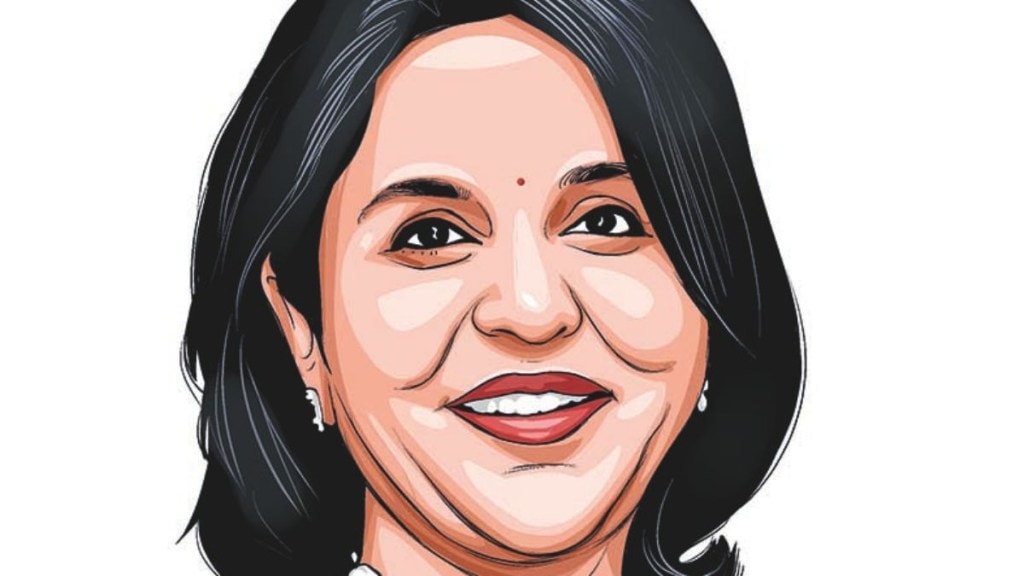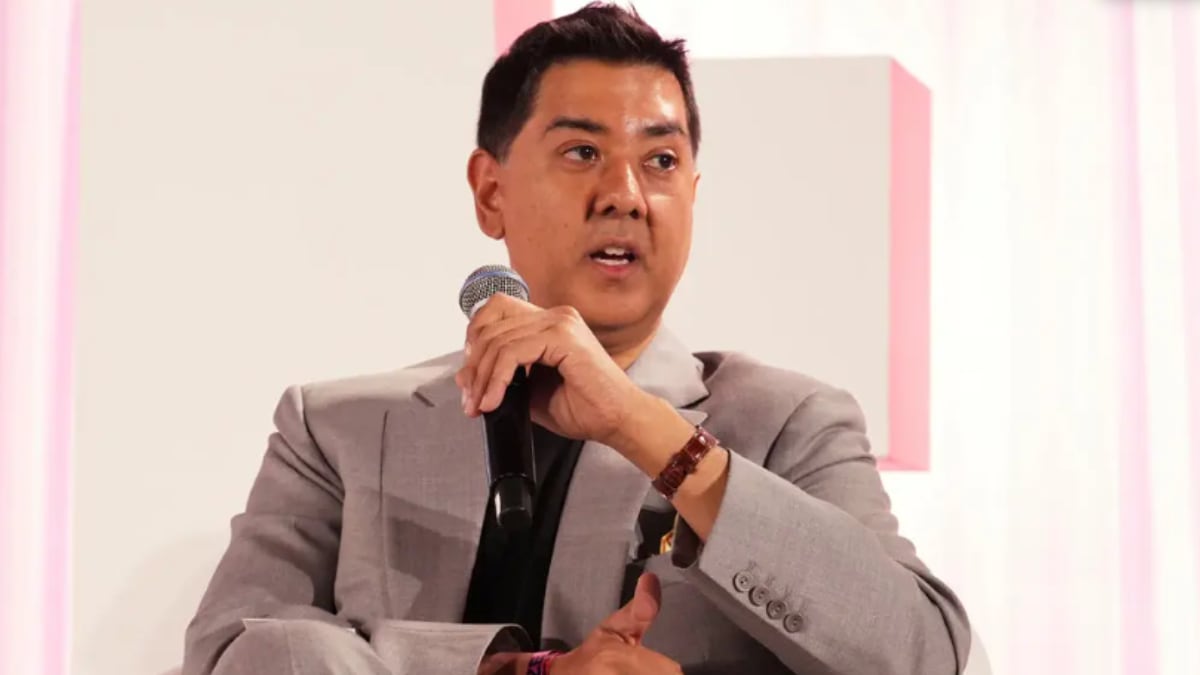In line with technological advances in medical science, women’s cancer care has also seen technology transforming our approach to prevention, diagnosis and treatment. In India and across the world, breast and cervical cancers form the largest share of cancer burden among women. Today, we have the tools to change this trajectory.
Breast cancer dominates incidence of cancer among Indian women and is the leading cause of mortality. This is a matter of great concern and demands a national response with a multi-pronged approach that includes prevention, early detection, and precision treatment.
Artificial intelligence is already reshaping how we detect breast cancer earlier and make better use of specialist oncologists who can spend more time with patients. Studies show that the use of AI in routine mammography can cut radiologists’ screen-reading workload by over 44% while maintaining cancer detection performance. This indicates that AI can be used to safely scale screening without compromising quality.
For health systems facing workforce constraints, this can help free expert time for complex cases and shortened reporting queues for patients.
Equally important is moving from age-based to risk-based screening. With AI and machine learning, prognostic information that may be hidden in routine images but not visible to the naked eye can be gleaned and analysed. Deep learning models can read subtle cues on a mammogram that appears “normal” to the human eye and estimate a woman’s future cancer risk years in advance. The Mirai model has been shown to predict 1-5-year risk from mammograms. Based on this, screening for women can be tailored at regular screening intervals, personalising surveillance and prevention for Indian women rather than treating everyone as average risk.
Tele-enabled imaging and point-of-care devices can become force multipliers for cancer specialists who otherwise face challenges due to India’s vast geography and distribution of doctors. Tele-medicine can extend specialist eyes into underserved districts. Teleradiology networks supporting mobile mammography can speed up reports, maintaining quality even when on-site radiologists may not be available.
Parallelly innovations such as handheld tactile sensors to AI-assisted thermal imaging are being explored to triage women in low-resource settings and studies suggest these tools can identify women who need diagnostic mammography or ultrasound. While rigorous, peer-reviewed validation is required, the technologies are promising, offering affordable, radiation-free triage in remote areas and rapid referral pathways that do not leave women behind.
Technology must be backed by policy. State-led pilots in India are already deploying AI-enabled devices for breast and cervical screening through primary health systems, showing how public-private collaboration can bring advanced tools to the last mile. The lesson is consistent – when we combine strong public programs with validated technologies and robust referral networks, we shift detection earlier in the disease cycle, thereby saving lives.
Beyond detection, the next frontier is longevity. Data can be used to not only treat and manage cancer but to extend healthy years after treatment. Mature prognostic tools like the Cambridge predict model estimate survival benefits from different adjuvant therapies and have been recalibrated to stay accurate at 5, 10, and 15 years. A survey of breast cancer oncologists in India found that 94% felt that it could be used as an alternative to genomic tools in resource-constrained settings. Layered on top of such models, AI is advancing toward “digital twins” that simulate how an individual patient might respond to a regimen by integrating pathology, genomics, and clinical history.
To make this vision real, we must focus on equitable design with innovations accessible from an oncologist in the city to a village ASHA worker! We must stay focused on outcomes including diagnosis at earlier stages, longer and better lives, and policy alignment to bend the curve decisively. Today, India has the digital rails, a vibrant healthtech ecosystem, and a national commitment to prevention. This is our moment to lead by harnessing the power of technology and taking it to the frontline of women’s cancer care!
The writer is joint MD, Apollo Hospitals







